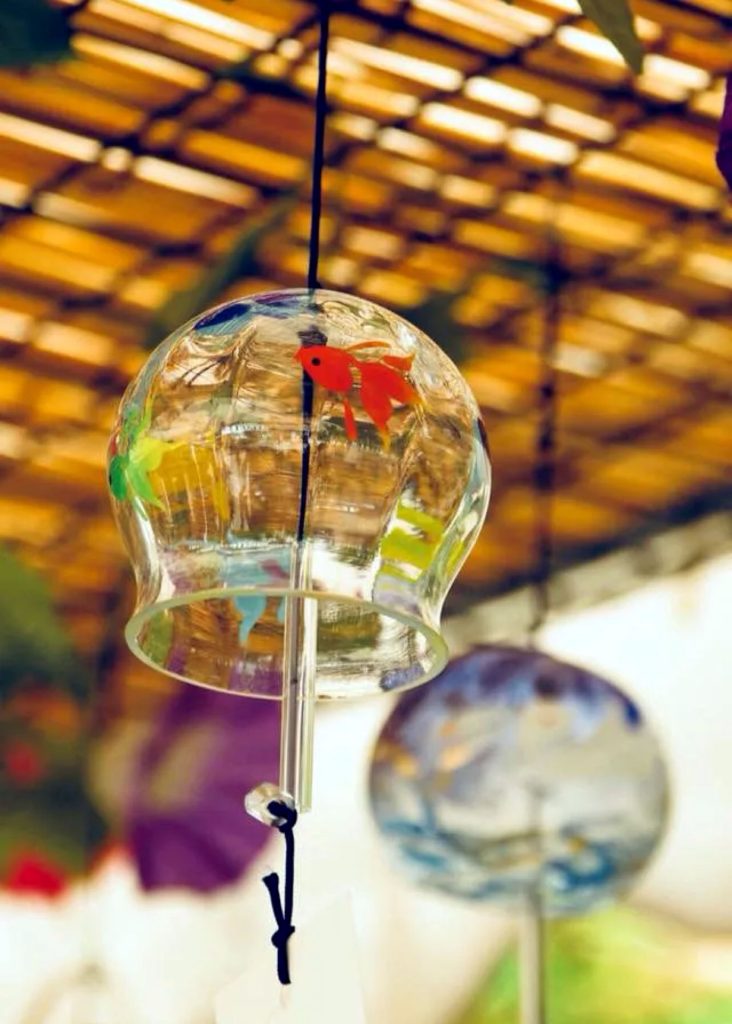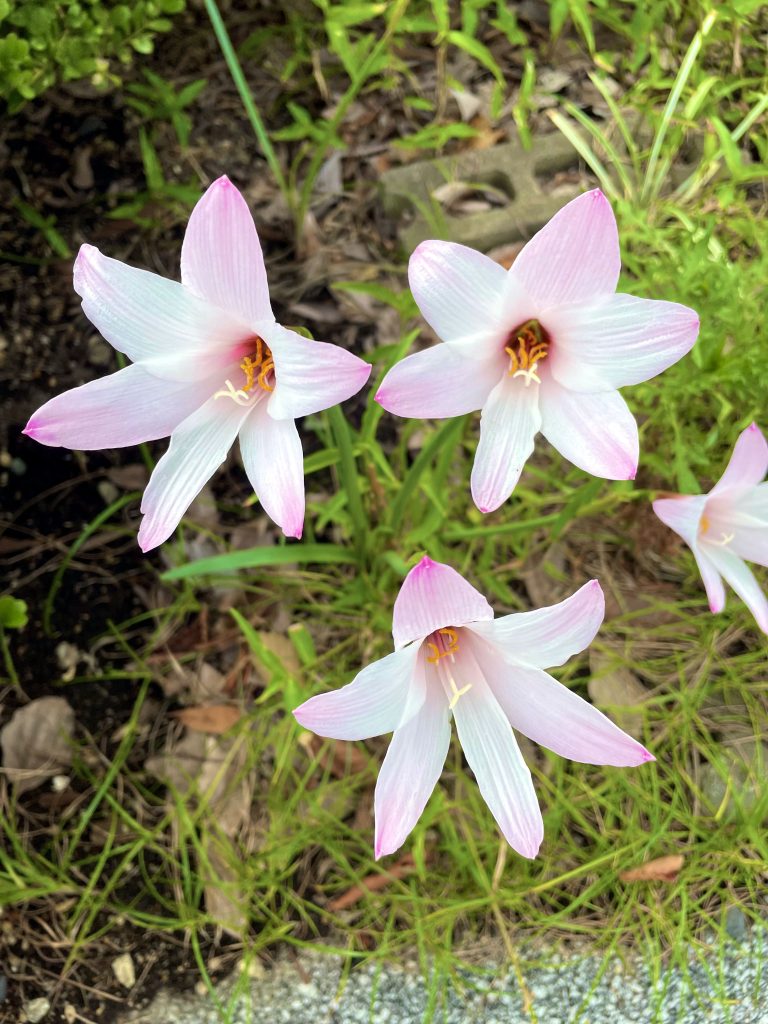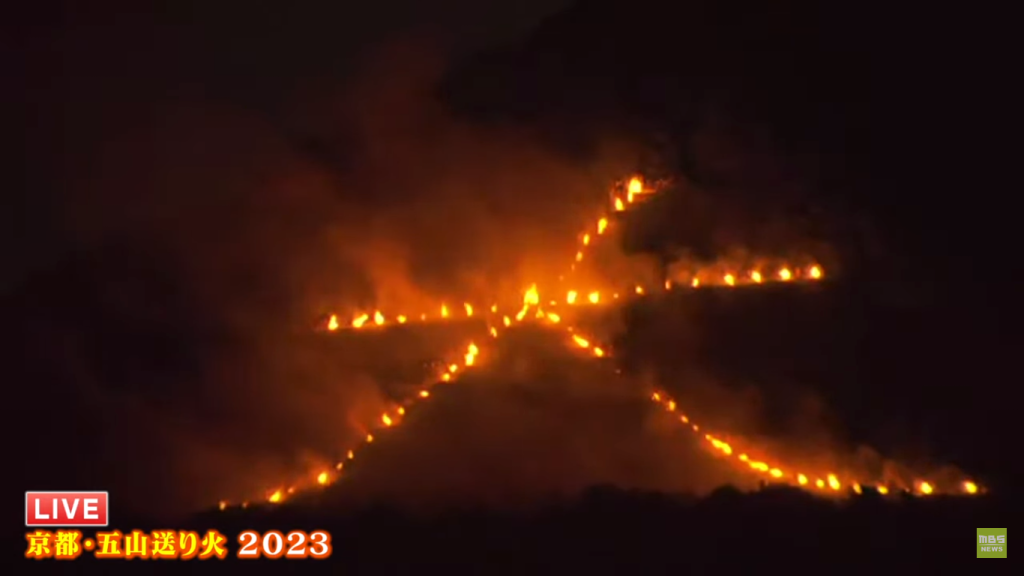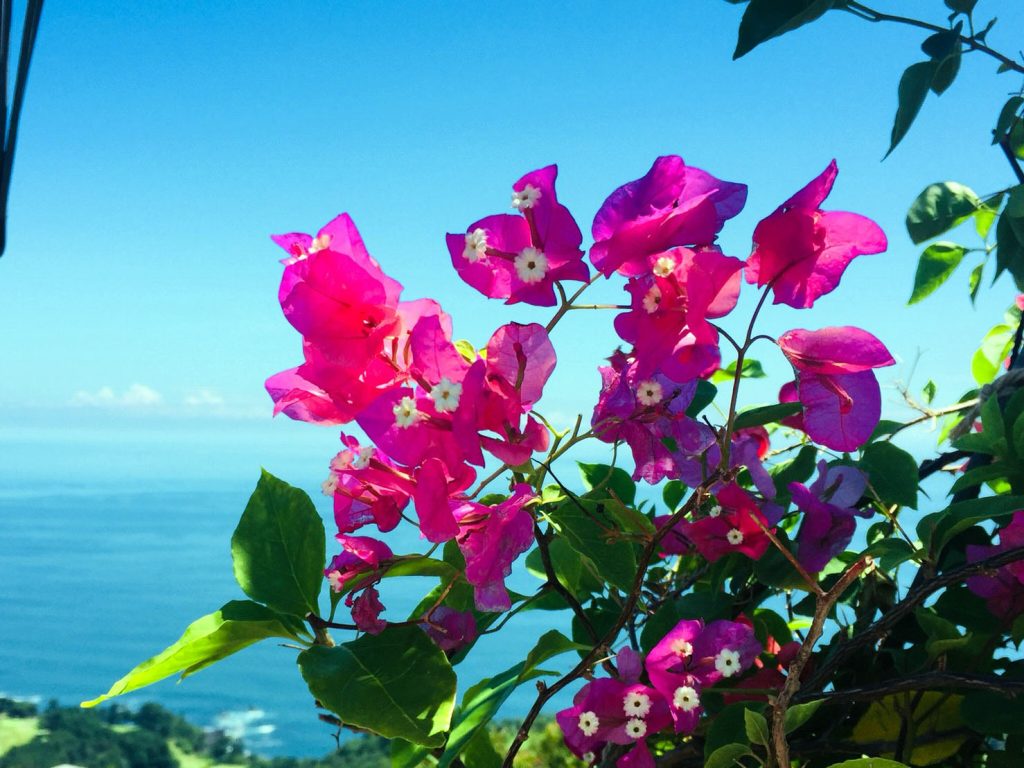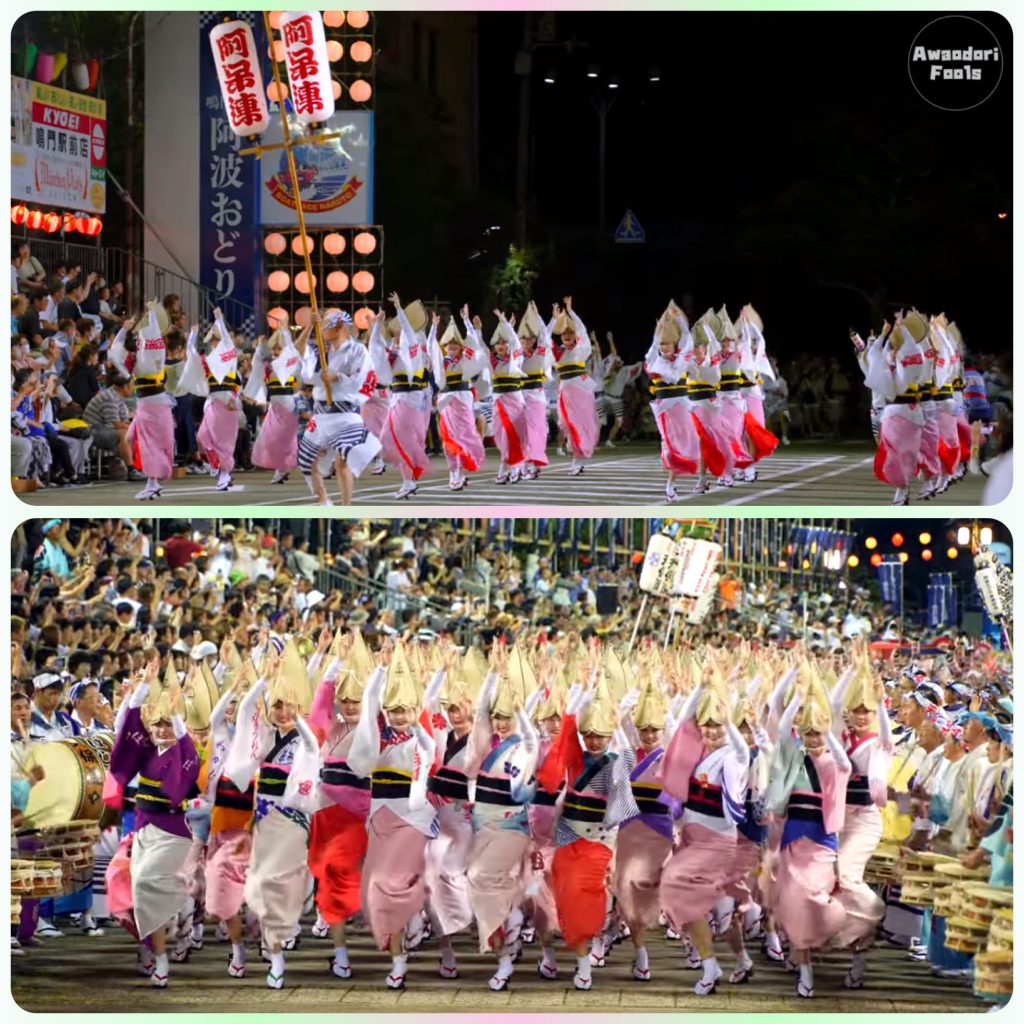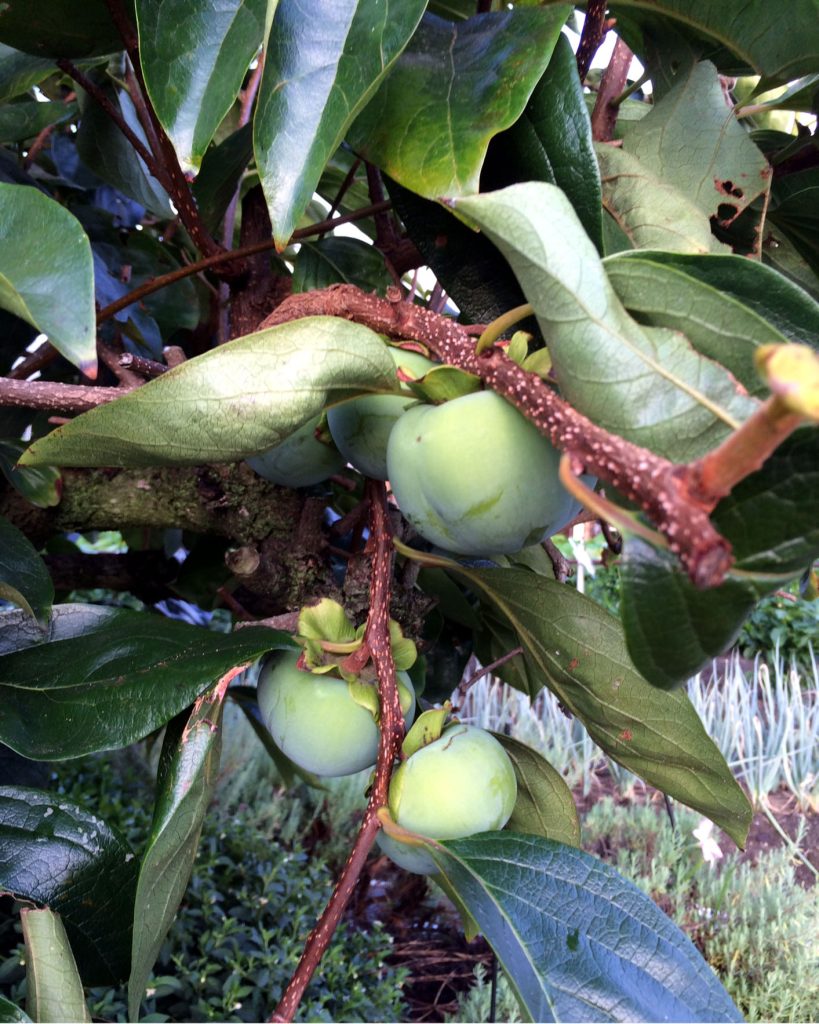
Risshū (立秋), marking the beginning of autumn, fell on August 8th this year, and soon we will approach Shosho (処暑), which falls on August 23rd. Shosho is the period when the intense heat begins to subside. Cool breezes start to blow in the mornings and evenings, and the pleasant sounds of insects can be heard. The heat eases, and the grains start to ripen, yet it also signifies the arrival of the typhoon season. Traditionally, Shosho has been described in this manner.
But forget about the notion of Shosho. Today, on the 20th, we are in the latter part of Risshū (August 18th to 23rd), a period known as ‘fukaki kirimatou’ (蒙霧升降), when thick mist envelops the forests and waters, creating a fantastical scene in the cool and pleasant morning and evening air. However, the heat persists. It wouldn’t be strange to send ‘hot-summer greetings’ instead of the usual ‘late-summer greetings.’ Nonetheless, the persimmon trees are bearing large, swollen green persimmons.
今年の立秋は8月8日、そして間もなく8月23日の処暑を迎えます。処暑とは、厳しい暑さの峠を越した頃です。朝夕には涼しい風が吹き、心地よい虫の声が聞こえてきます。暑さが和らぎ、穀物が実り始めますが、同時に台風の季節の到来でもあります。と従来からは処暑はこの様に語られてきました。
処暑なんてとんでもない。今日20日は、立秋の末候(8月18日〜8月23日)で、蒙霧升降(ふかききりまとう)と謳われる時期です。森や水辺に白く深い霧がたちこめ、朝夕のひんやりとした心地よい空気の中、深い霧が幻想的な風景をつくりだす頃だとされます。ところがこの暑さです。残暑見舞いどころか、暑中見舞いを出してもおかしくありません。しかし、柿の木には大きな青柿が大きくみを膨らませています。

